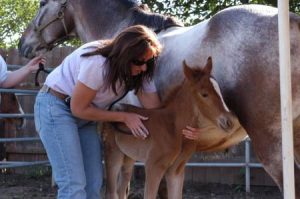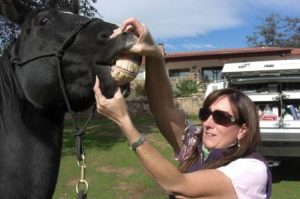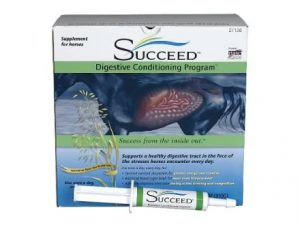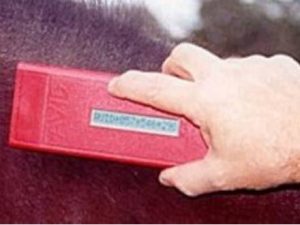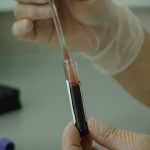
In horses, common signs include excessive hairiness (failing to shed the winter coat), foundering, weight loss, lethargy, decreased muscling, increased fat deposits in certain areas (above the eye, crest of the neck, tail head, and in the sheath). They may have very quiet, docile, tolerant attitudes. They may have silent infections (such as bladder infections), poor wound healing ability, or other signs of reduced ability to fight infection and heal normally. If you think your horse may have equine Cushing’s Disease, feel free to contact us at 619-659-1180 to make an appointment to have your horse examined and possibly tested.
Diagnosis may be through various blood tests such as dexamethasone suppression test and ACTH test may be used to diagnose the disease. Often, a complete blood count, fibrinogen level, and serum chemistry panel is also performed to help assess the patient for infection and other systemic illness, such as kidney or liver dysfunction.
The typical treatment is pergolide , which must be given every day for the remainder of the horse’s life. The medication acts to reduce the overactive gland in the brain and truly return the horse’s hormone levels to normal, thus stopping the damage that the excessive hormones cause in the body.


